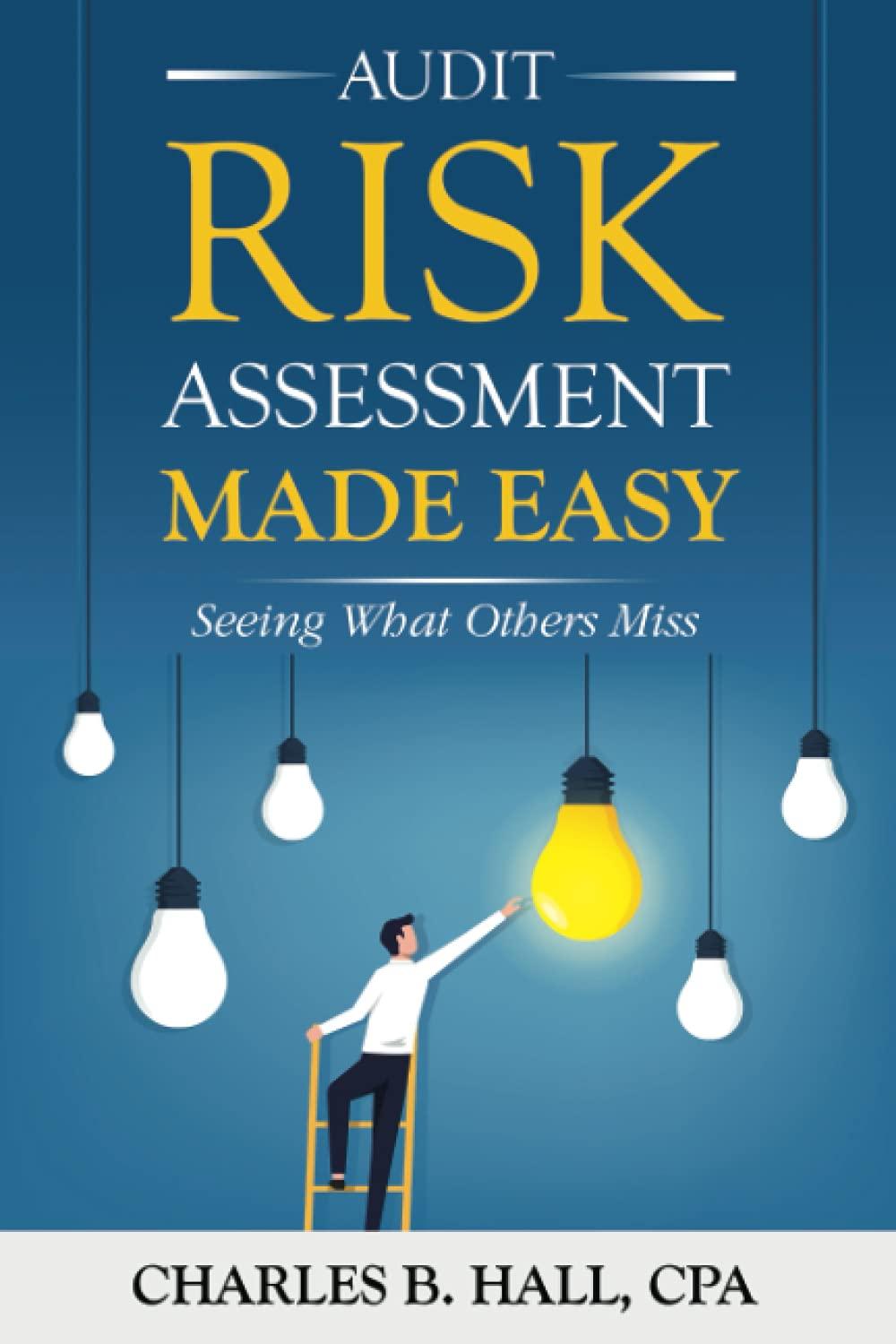Answered step by step
Verified Expert Solution
Question
1 Approved Answer
I need P26-35B P26-34B Using payback, ARR, NPV, IRR, and profitability index to make capital investment decisions Splash City is considering purchasing a water park

I need P26-35B
P26-34B Using payback, ARR, NPV, IRR, and profitability index to make capital investment decisions Splash City is considering purchasing a water park in Omaha, Nebraska, for $1,910,000. The new facility will generate annual net cash inflows of $487,000 for eight years. Engineers estimate that the facility will remain useful for eight years and have no residual value. The company uses straight-line depreciation, and its stockholders demand an annual return of 10% on investments of this nature Requirements 1. Compute the payback, the ARR, the NPV, the IRR, and the profitability index of this investment. 2. Recommend whether the company should invest in this project. P26-35B Using payback, ARR, NPV, IRR, and profitability index to make capital investment decisions Lolas operates a chain of sandwich shops. The company is considering two possible expansion plans. Plan A would open cight smaller shops at a cost of $8,550,000. Expected annual net cash inflows are $1,525,000, with zero residual value at the end of 10 years. Under Plan B, Lolas would open three larger shops at a cost of $8,340,000. This plan is expected to generate net cash inflows of $1,120,000 per year for 10 years, which is the estimated useful life of the properties. Estimated residual value for Plan B is $1,300,000. Lolas uses straight-line depreciation and requires an annual return of 10% Requirements 1. Compute the payback, the ARR, the NPV, and the profrability index of these 2. What are the strengths and weaknesses of these capital budgeting methods? 3. Which expansion plan should Lolas choose? Why? 4. Estimate Plan A's IRR. How does the IRR compare with the company's required two plans. rate of return? P26-30A Using payback, ARR, NPV, IRR, and proftability index to make capital investment decisions Lados operates a chain of sandwich shops. The company is considering two possible expansion plans. Plan A would open eight smaller shops at a cost of $8,600,000. Expected annual net cash inflows are $1,600,000, with zero residual value at the end of 10 years. Under Plan B, Lados would open three larger shops at a cost of $8,300,000. This plan is expected to generate net cash inflows of $1,090,000 per year for 10 years, the estimated useful life of the properties. Estimated residual value for Plan B is $1,300,000. Lados uses straight-line depreciation and requires an annual return of996. Requirements 1. Compute the payback, the ARR, the NPV, and the proftability index of these two plans 2. What are the strengths and weaknesses of these capital budgeting methods? 3. Which expansion plan should Lados choose? Why? 4. Estimate Plan A's IRR. How does the IRR compare with the company's required rate of returnStep by Step Solution
There are 3 Steps involved in it
Step: 1

Get Instant Access to Expert-Tailored Solutions
See step-by-step solutions with expert insights and AI powered tools for academic success
Step: 2

Step: 3

Ace Your Homework with AI
Get the answers you need in no time with our AI-driven, step-by-step assistance
Get Started


